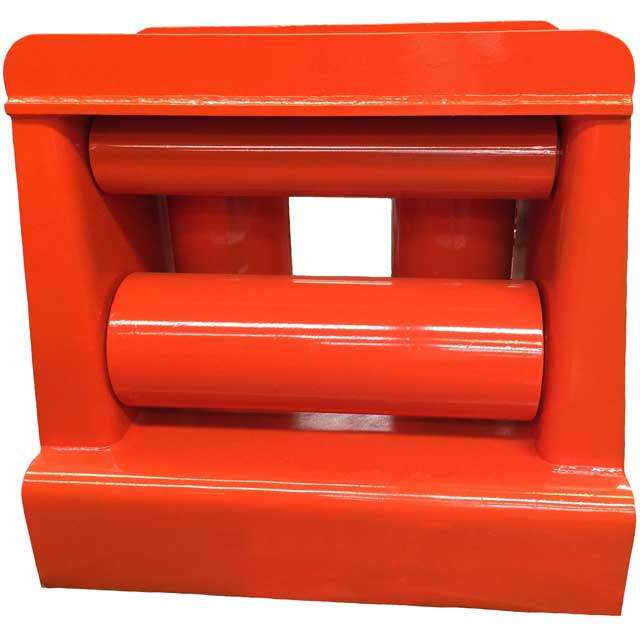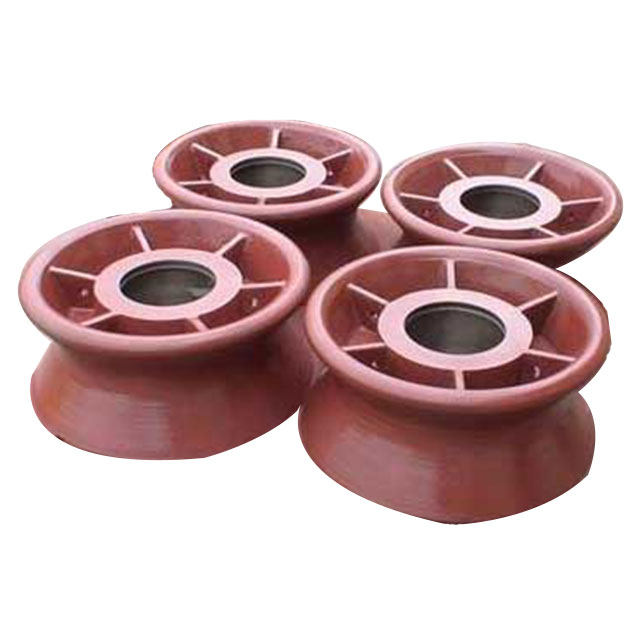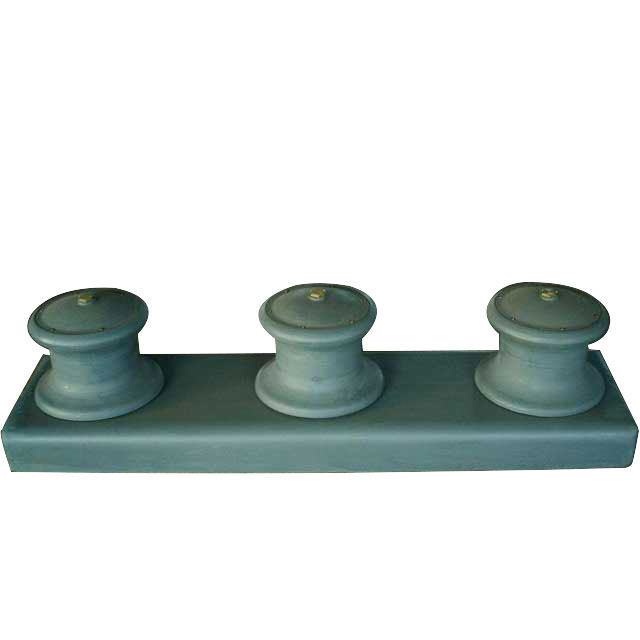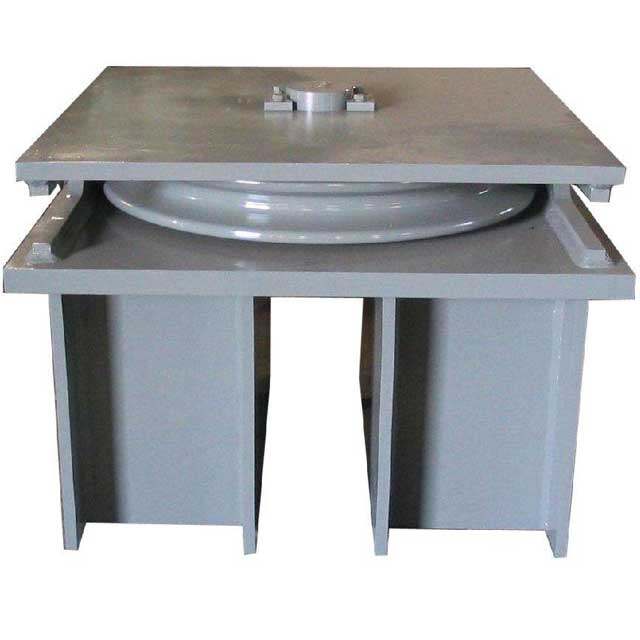Why Select A Roller Fairlead In The Marine And Offshore Industry And How To Choose A Roller Fairlead
A roller fairlead is a mechanical device used in the nautical industry to guide ropes or cables and reduce friction as they travel. It is often made up of a number of rollers or sheaves fixed on a frame or structure and set in a certain configuration to smoothly and evenly guide ropes or cables.
Function Of A Roller Fairlead
A roller fairlead’s primary role is to guide ropes or cables in a controlled manner, reducing the chance of friction, wear, and damage. A roller fairlead serves to minimise resistance experienced during movement by providing a smooth and perfectly aligned passage for the ropes or cables, which can result in better efficiency and less wear on the ropes or cables.
Roller fairleads are utilised in a variety of industries, including maritime and offshore industries, construction, transportation, and other heavy-duty businesses that require ropes or cables for lifting, towing, or other operations. They’re typically found on winches, cranes, hoists, towing systems, and other pieces of equipment that require the controlled movement of ropes or cables.

Benefits Of Using Roller Fairleads In Load Handling Operations
1. Reduced friction and wear
Roller fairleads provide a smooth and controlled path for ropes or cables during movement, decreasing friction and wear. This contributes to the longevity of ropes and cables by reducing abrasion and damage caused by rubbing against sharp edges, corners, or rough surfaces.
2. Improving efficiency
Marine roller fairleads allow for the smooth and equal movement of ropes or cables, reducing resistance and boosting load handling efficiency. This can lead to faster and more efficient operations, as well as reduced downtime and increased output.
3. Enhancing safety
Roller fairleads serve to minimise unexpected jerks or snags by directing ropes or cables in a controlled manner, lowering the risk of accidents and injuries during load handling operations. Ropes and cables that are properly aligned and tensioned also lessen the possibility of rope or cable failure, which can be dangerous.
4. Versatility
Roller fairleads are versatile and adaptive to diverse load handling requirements since they can be utilised in a wide range of applications and industries. They can be employed on a variety of equipment, including winches, cranes, hoists, towing systems, and others.
Rope or cable protection: Roller fairleads protect ropes or cables by keeping them away from sharp edges or rough surfaces that can cause harm. This helps to extend the life of ropes or cables and reduces the need for frequent replacements, which saves money.
5. Consistency in load handling
Marine roller fairleads keep ropes and cables properly aligned and tensioned, allowing for more consistent weight handling activities. This can increase load handling precision and accuracy, lowering the risk of weight shifting or unequal distribution.

Factors To Consider When Selecting A Roller Fairlead
Load capacity
The load capacity of the roller fairlead should be sufficient to handle the maximum load that will be applied to the ropes or cables during the load handling activity. It is critical to evaluate both static and dynamic loads and choose a roller fairlead with a sufficient load rating to ensure safe and dependable operation.
Rope or cable size
The roller fairlead should be suitable with the rope or cable size and type utilised in the weight handling operation. When choosing a roller fairlead, examine the diameter, construction, and material of the ropes or cables to guarantee good fit and smooth movement.
Mounting arrangement
The roller fairlead installation arrangement should be compatible with the equipment or structure where it will be put. To guarantee safe and secure installation, consider the available space, mounting alternatives (e.g., horizontal, vertical, angled), and the structural integrity of the mounting arrangement.
Roller or sheave configuration
The rollers or sheaves on the roller fairlead should be configured for the specific purpose. To guarantee adequate rope or cable guiding and minimise friction during movement, consider factors such as the number of rollers or sheaves, their spacing, and alignment.

Material and construction
The roller fairlead’s material and structure should be appropriate for the environment and conditions in which it will be utilised. To ensure long-term performance and reliability, factors such as corrosion resistance, durability, and maintenance requirements should be considered.
Safety features
To prevent inadvertent disengagement or entanglement of ropes or cables during operation, the roller fairlead should include adequate safety features such as guards, coverings, or locking mechanisms. To ensure safe operation, safety features should be in accordance with relevant industry norms and regulations.
Cost-effectiveness
The cost-effectiveness of the roller fairlead should be considered, including the original purchase cost, installation expenses, and continuing maintenance and replacement costs. To ensure a cost-effective solution for the load handling operation, it is critical to balance the cost with the performance and dependability of the roller fairlead.
Manufacturer reputation and support
Consider the reputation and support of the roller fairlead manufacturer. Look for respected manufacturers who have a track record of delivering dependable and high-quality roller fairleads, and make sure they offer enough technical support, documentation, and after-sales care.

Summary
Where load handling operations are essential, roller fairleads play an important role. They provide smooth and controlled rope or cable guidance, decreasing friction, wear, and the risk of accidents or injuries, so contributing to safe, efficient, and productive load handling operations in the marine and offshore industry.


